News has arrived from the Low Countries. With the financial contribution of collector Peter Meersman, the longitudinal section of the famous ocean liner STATENDAM (II) - later JUSITCIA - made in 1913, of which only nine known copies have survived in the whole world has been restored.
In 2018, the president of our association, Dr. Tamás Balogh, published his book about the history of the ocean liner launched under the name STATENDAM and sunk as a British war transport JUSTICIA during the First World War. This was the very first monographic presentation of the ship's history and the book-launch was held exactly on the centenary of the ship's sinking in the former Harland & Wolff Shipyard, in Belfast, where the ship was born.
Many pictures for the book were provided by the distinguished Belgian collector Peter Meersmann, who soon after the manuscript was completed and published, acquired a contemporary, huge color longitudinal section of the ship, which needed extensive restoration due to its severe damage. Already during the preparation of the book, Peter demonstrated his exceptional enthusiasm for ocean liners and his commitment as a collector, when he helped the publication of the book by making available his great collection. However, by acquiring the longitudinal section and providing the costs of the restoration, if this is at all possible, he accomplished an even greater thing, since among the copies of this longitudinal section (created for the Holland-America Line by L. Ph. Baijens around 1913 as part of the original Dutch-commissioned promotional material of STATENDAM) as far as we know, only 8 copies have survived all around the world. One of them is kept by the Rotterdam City Archives. Thus, this graphic representation is, in a sense, the true "white unicorn" for ocean liner enthusiasts.
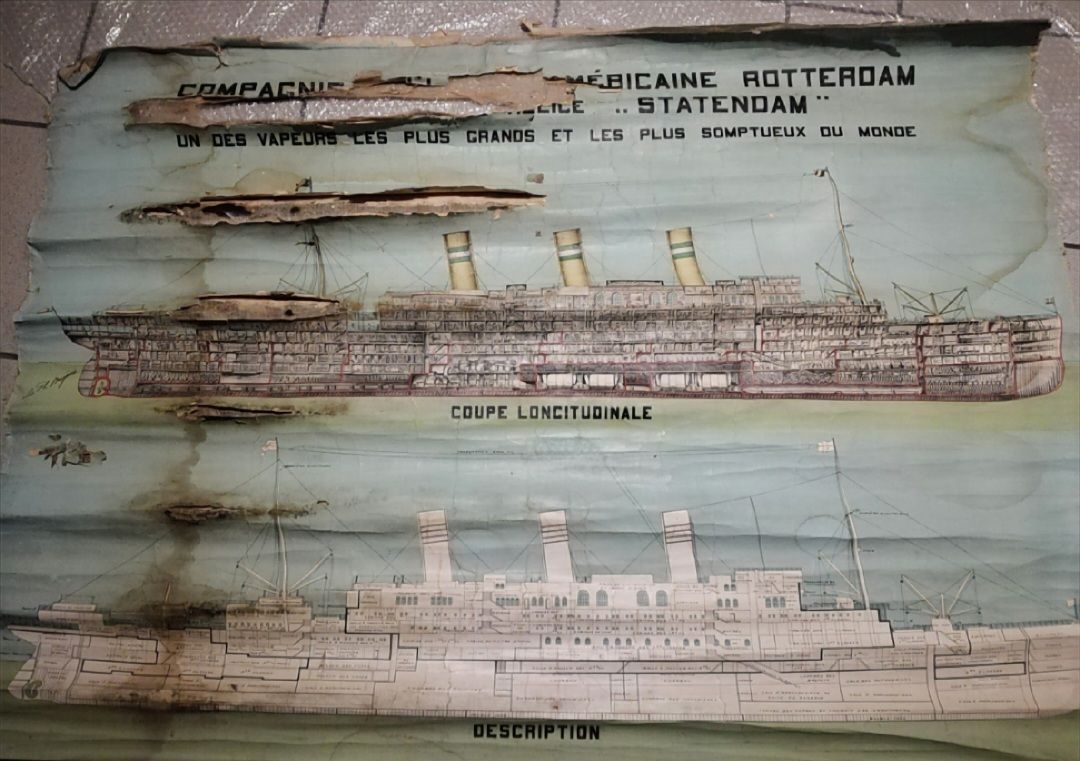
Fig. 1: The artwork at the time of acquisition (photo: Peter Meersman).
The longitudinal section, acquired in 2019, was returned to its original state in March 2024, after years of work in the hands of competent restorer, who succeeded in restoring and conserving the large-scale print with incredibly meticulous work. The drawing first had to be stabilized due to the lack of material that had developed over the hundred years since its completion, so it was reinforced with thin Japanese paper (Japanese paper is a fundamental material for paper-restoration, because it is made up of long fibers, and these long fiber-ends can be added more easily to the original paper surface). After replacing missing parts of the paper-material, damaged lines and figures had to be redrawn in some places with characters and coloring corresponding to the original.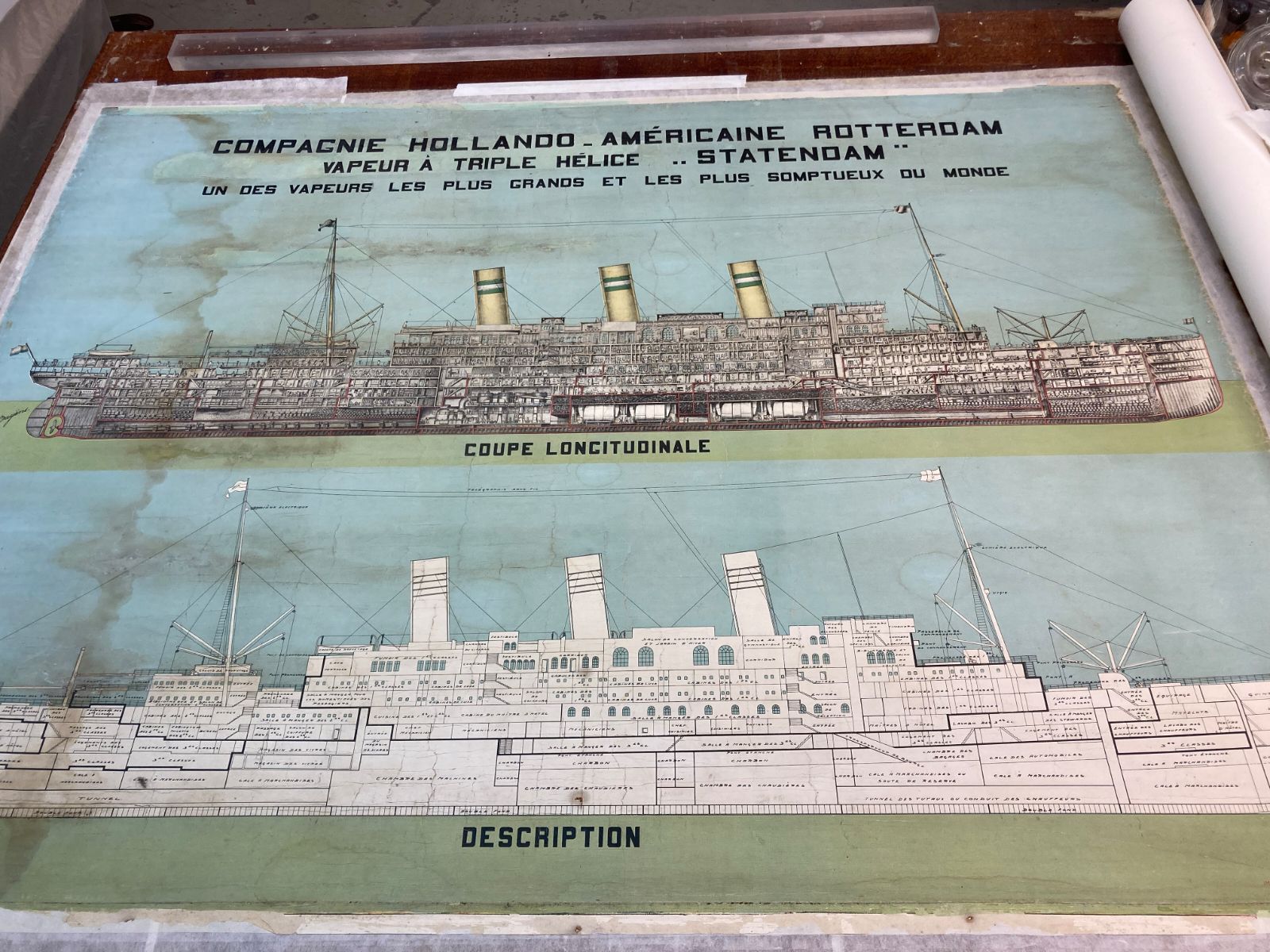
Fig. 2.: The artwork after restoration (photo by Peter Meersman).
The completed work recalls the former process of shipbuilding and promotion practices in an interesting way, and is also an incomparably interesting document of the long last era. As Peter Meersman expressed: “I'm pleased you like the result of the restoration. It's a huge difference compared to 4 years ago. I'm glad it's been saved, knowing there are only eight still known to exist it was of great importance to have this very rare cutaway resucued. It truly is the jewel in the crown of my collection.”
We heartily congratulate for the successful restoration work realized in cooperation between the collector and the restorer, and we would like to thank Peter Meersman for making the restored longitudinal section public domain by allowing us to share his high-resolution photo on our website!
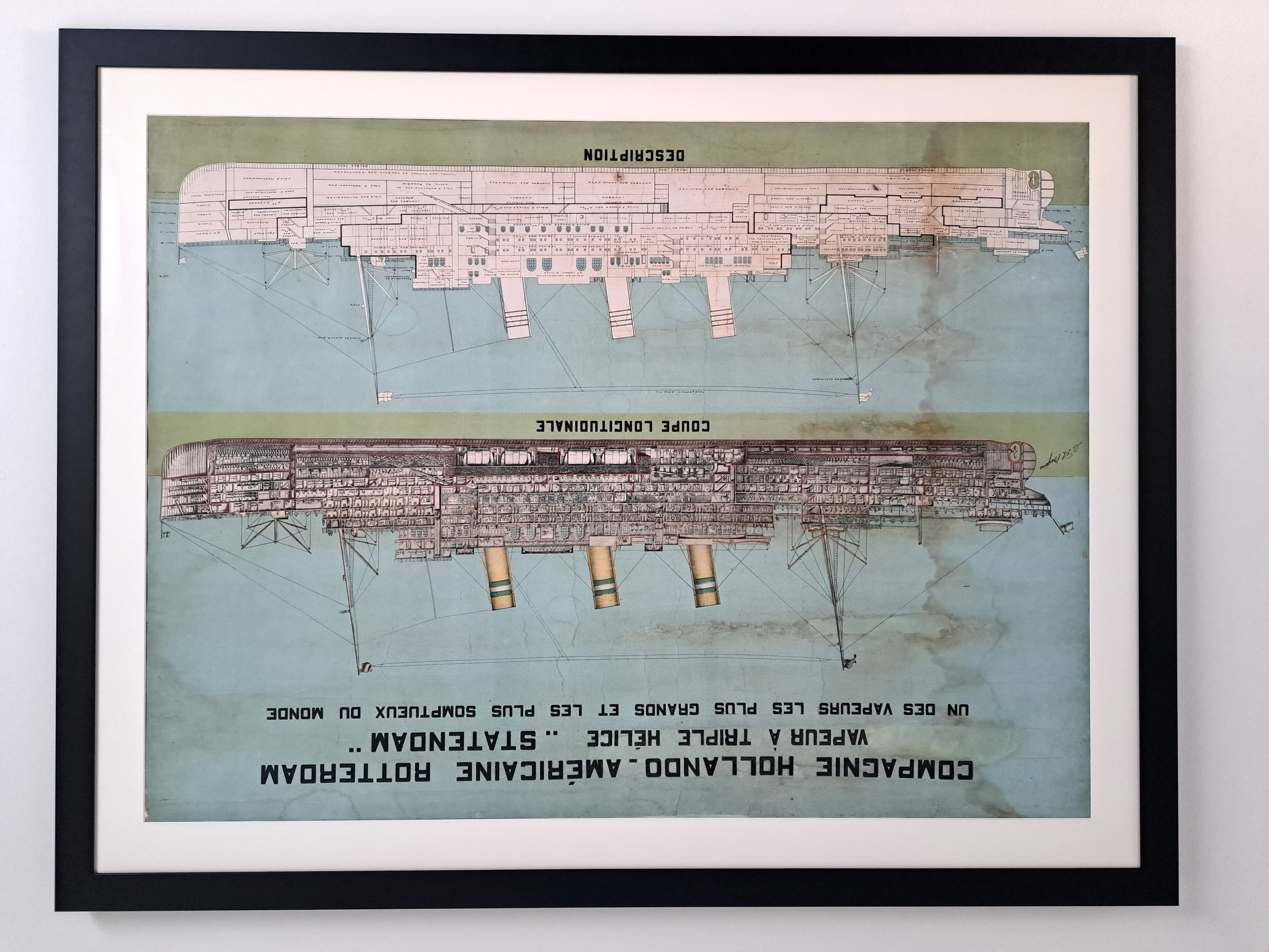
Fig. 3: The restored image (photo by Peter Meersman).

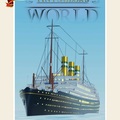
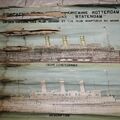
Utolsó kommentek